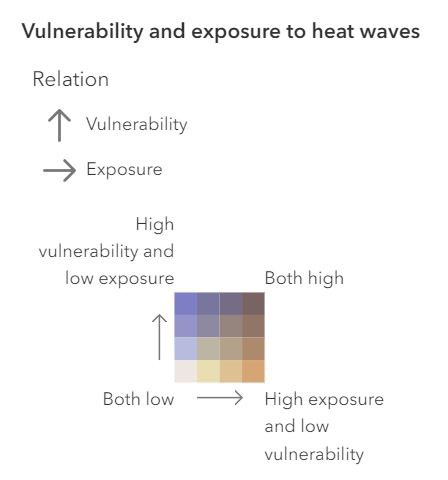In Canada, there is no formal definition for what constitutes a heat wave. The criteria used to issue an extreme heat warning vary across each province and territory.
However, a heat wave is typically defined as a period of two or more days during which temperatures are unusually high. Temperatures are deemed “unusually high” when minimums (which are usually recorded at night) and maximums (which are usually recorded during the day) exceed historical averages.
Environment Canada issues Heat and Humidex Advisories when temperatures exceed 30 °C and humidex readings exceed 40 degrees. The humidex was developed to describe how warm and humid air feels to a human being.
